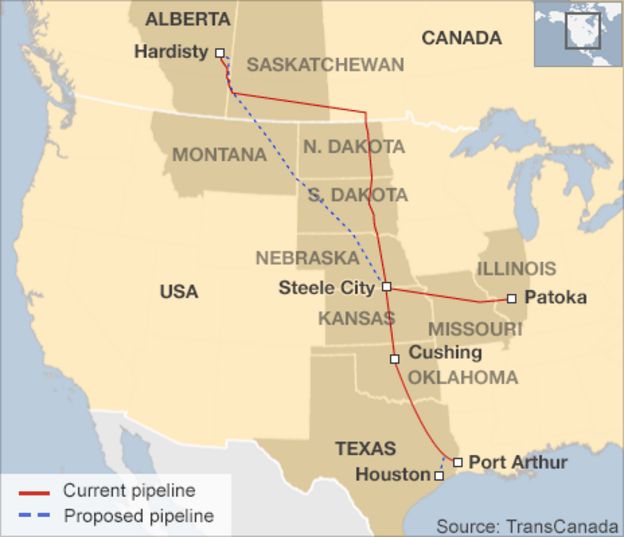
A federal district court judge in Montana vacated a Mar. 23, 2017, US Department of State Record of Decision authorizing construction of the Keystone XL crude oil pipeline and ordered further environmental reviews of the project.
Judge Brian Morris’s Nov. 8 ruling enjoined TransCanada Corp., the project’s sponsor, and federal defendants in a lawsuit brought by two environmental organizations “from engaging in any activity in furtherance of the construction or operation of Keystone” until DOS completes a supplement to the 2014 final supplemental environmental impact statement that complies with National Environmental Policy Act and Administrative Procedures Act requirements.
Morris partly granted and partly denied plaintiffs’ motions and cross-motions for summary judgment in his order.
Officials from the Association of Oil Pipe Lines and the American Petroleum Institute immediately criticized the judge’s action.
“Every review of Keystone XL, including those by the Obama administration, has found pipelines are the safest and most environmentally protective way to move the energy we need. I have no doubt further review will find the same,” AOPL Pres. Andrew J. Black said.
“In the more than 10 years since Keystone XL was proposed, the pipeline has passed every environmental review conducted for it. In fact, a total of six assessments by both the Obama and Trump administrations concluded that [Keystone XL] is safe to build,” API Midstream and Industry Operations Vice-Pres. Robin Rorick noted.
“Calls to conduct identical environmental reviews makes no sense and are a waste of tax dollars. A decade of Keystone delays needs to end now,” Rorick said.
Zachary Rogers, a refining and oil markets research analyst at Wood Mackenzie in Houston, said that while Morris’ decision was a setback in timing for the proposed 1,184-mile pipeline, it’s not likely to be the final nail in the project’s coffin.
“This is the world’s longest tug of war, with Western Canadian oil prices as the rope,” Rogers said. “Exact legal recourse options are unclear, but the most likely result is either an escalation through the courts or an additional [DOS] review and President [Donald Trump] reapproving the line.”
Rogers added, “In the meantime, this is a negative for future market access for Canadian oil sands producers, who are currently experiencing the painful consequences of lagging midstream development.”
If built, the 36-in. Keystone XL line would transport crude from Hardisty, Alta., to Steele City, Neb., to expand the capacity of TransCanada’s larger Keystone system.



